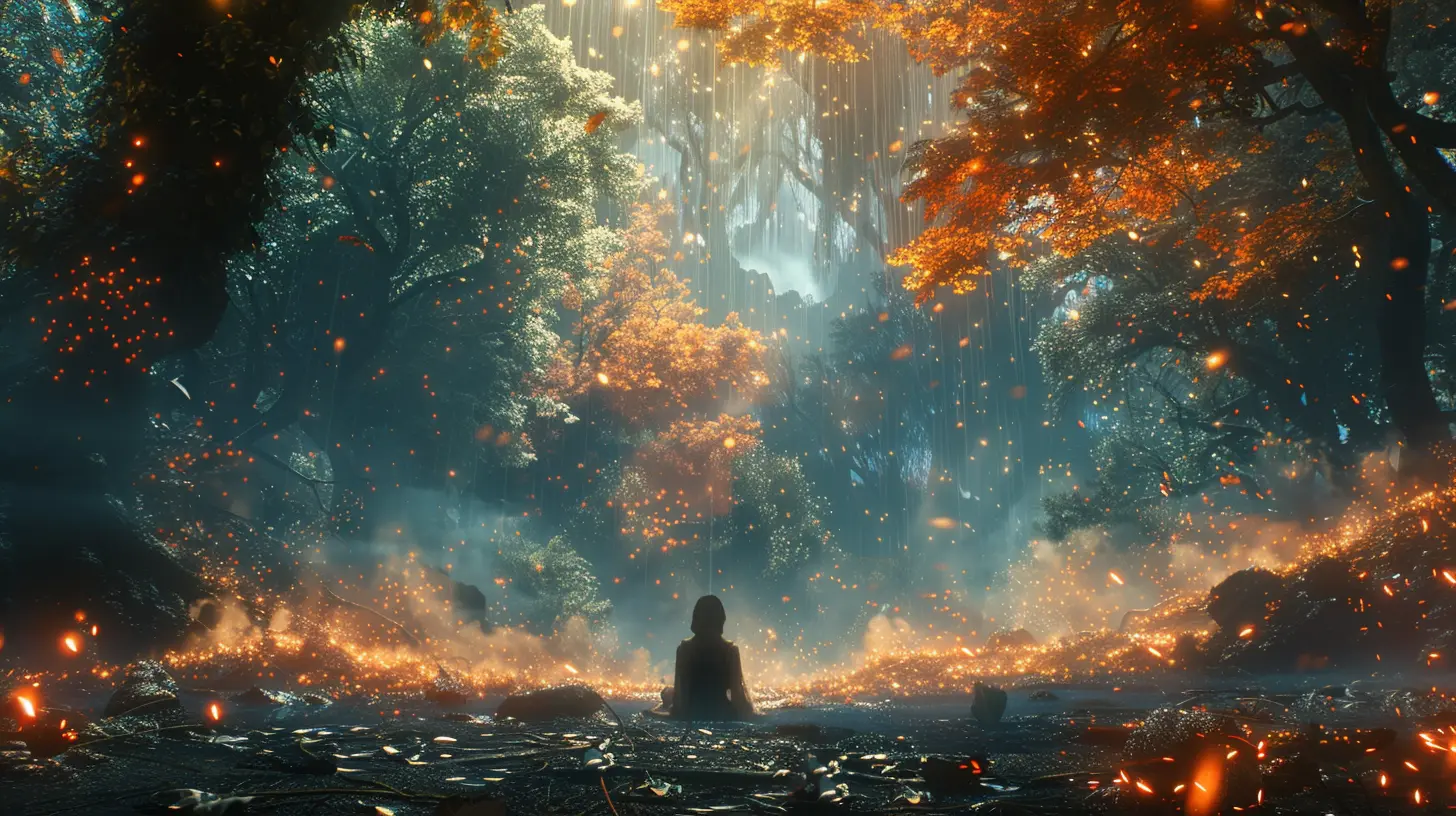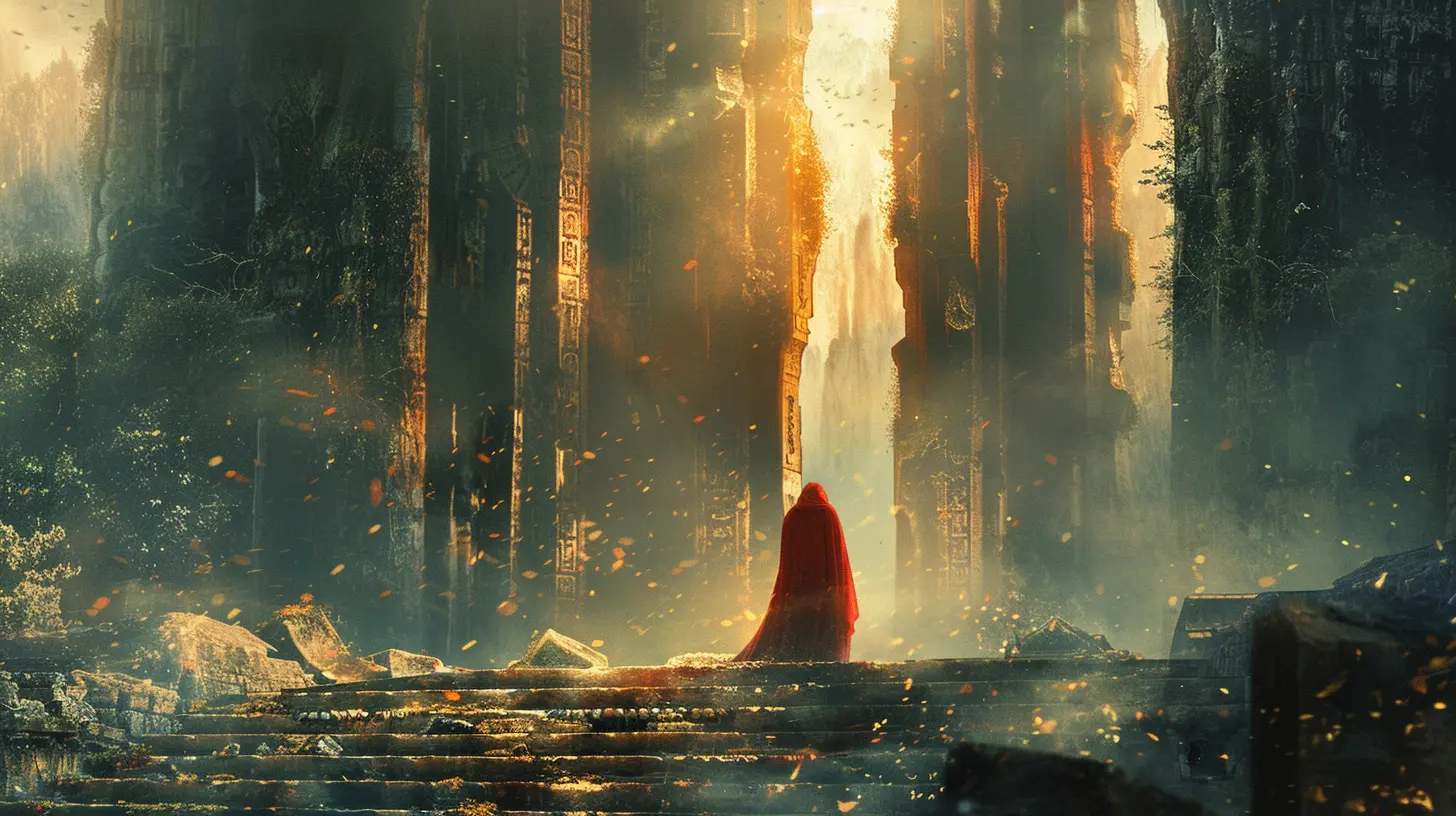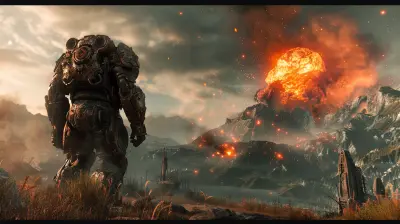How Sound Design Supports Emotional Storytelling
1 August 2025
Ever watched a game cutscene that gave you goosebumps? Or felt your heart race just by hearing a faint whisper in a horror game? That… is the magic of sound design.
Sound is that invisible storyteller that sneaks into your soul and stirs up emotions before you even realize what’s happening. While visuals grab your attention, it’s often the audio that holds your heart. In gaming, sound design isn't just the cherry on top—it’s the secret sauce that ties the emotional narrative together.
Let’s dive into the world of sound design and figure out how it plays a massive role in emotional storytelling.
What Exactly is Sound Design in Games?
Okay, quick definition time. Sound design is the process of creating and arranging every bit of audio you hear in a game: background music, character voices, environmental noise, footsteps, weapon blasts—you name it.But it’s not just about throwing in some random noises. It’s about crafting an experience where every sound has purpose. In storytelling, sound design works like a supporting character that doesn't crave the spotlight but steals the show anyway.
The Emotional Power of Sound: Why It Matters
Picture this: you’re playing a post-apocalyptic survival game. You’ve just lost your in-game partner. The screen fades to black, and a hauntingly slow piano plays in the background. You start to feel the weight of the scene—your chest tightens, and your eyes well up.That’s emotional storytelling at its finest. The visuals say, "This is sad." But the sound... the sound makes you feel it.
Sound triggers emotion because it taps into us on a primal level. Our brains associate certain sounds with danger, comfort, joy, or fear. Those deep, growling tones in horror games? That’s not just “spooky noise”—that’s our survival instinct kicking in, screaming, “Run!”
How Different Elements of Sound Support Storytelling
Let’s break it down. Sound design isn’t just one thing. It’s a blend of vital elements working together like a symphony orchestra. Each part plays a specific role in telling the story.1. Music: The Emotional Backbone
Music is like the narrator with a poetic soul. It sets the tone, guides the pace, and swells at just the right moments.Think of The Last of Us. Gustavo Santaolalla’s score doesn’t just play behind the scenes—it becomes a part of the narrative. That raw, melancholic guitar embodies Joel and Ellie’s journey—lonely, broken, and beautiful.
🎵 Low, slow instruments = sadness
🎵 Fast, high-pitched strings = tension
🎵 Epic orchestral sweeps = triumph or grandeur
Great music tells you what to feel... without a single word.
2. Voice Acting: Giving Life to Characters
A well-written script is nothing without a voice that makes you believe it.Voice actors carry the emotional weight of a character’s journey—rage, fear, sorrow, joy. Their tone, pauses, and even breaths can reveal more than the actual dialogue.
Ever played Red Dead Redemption 2? Arthur Morgan’s gravelly voice—especially in quieter moments—adds layers to his character arc that the words alone simply couldn’t manage.
3. Ambient Sound: Building the World
Ambient sounds are those little background noises you might not consciously notice—but your brain does. Rain tapping on a roof, wind whispering through trees, distant thunder...These sounds create atmosphere. In horror games, silence itself becomes a weapon—broken only by a creaking floorboard or faint growl in the distance, just enough to get your heart thumping.
In peaceful moments, gentle ambient sounds soothe the player, reinforcing a sense of calm or nostalgia. It’s the audio equivalent of a warm blanket.
4. Sound Effects: Action and Reaction
Every gunshot, door creak, footstep, or punch adds to the realism and weight of a scene. But it’s not just about being realistic—it’s about being emotionally effective.Picture the difference between a weak-sounding sword slash and one that echoes with a satisfying clang and a reverberating thud. One feels like brushing butter; the other feels like striking steel—there’s impact, and that impact translates to emotional excitement or tension.
Well-designed sound effects make every action matter. They reinforce not just mechanics but emotions—fear, power, urgency.
Sound Design in Different Genres
Just like different movie genres, games use sound in unique ways depending on the vibe they’re going for.🎮 Horror Games: The Silence Screams
Ever noticed how horror games love silence? That’s intentional.A sudden sound in complete silence punches way harder. Whether it's a shrill violin screech during a jump scare or the subtle, almost inaudible breathing of a monster nearby—these sounds mess with your brain and stoke primal fear.
Games like Silent Hill and Resident Evil are masters of this. They use audio distortion, static, and unnatural sounds to disorient and terrify players.
🎮 Action and Adventure Games: The Epic Symphony
These games thrive on adrenaline, so they go big with sound. Think God of War, Uncharted, or Halo. You’ll hear thundering drums, swelling choirs, and cinematic crescendos that make you feel like the hero of your own blockbuster movie.Without those epic audio moments, the emotional highs—like beating a hard boss or saving the world—just wouldn’t hit as hard.
🎮 Indie/Story-Driven Games: The Heartfelt Whisper
Smaller games like Journey, Celeste, or Life is Strange focus heavily on personal stories. Their sound design is intimate—often minimalistic and emotionally nuanced.These games understand that sometimes, less is more. A soft melody, the crunch of snow underfoot, or a quiet sigh can speak louder than an entire action set-piece.
Dynamic Sound: When Audio Reacts to You
One of the coolest things in modern games is dynamic audio—sounds that change based on what you do.For example, in open-world RPGs, music might shift as you move from a peaceful village to a dangerous dungeon. Or your character’s breathing may quicken when health is low, signaling panic or fatigue.
This kind of reactive sound design helps immerse players even deeper. It makes you feel like the world is alive and responding to you. It’s like the game is whispering, “I see what you’re doing, and I’m with you.”
The Psychology Behind It All
Here’s something wild: sound can influence how you remember a game.Emotional memories are stickier. Adding music or sound that enhances a major moment makes it more memorable. The first time you hear the haunting theme of a beloved character—and then hear it again after they die—it hits different, right?
Our brains tag those sounds with emotions. So every time you hear that melody again (even outside the game), it tugs at those same heartstrings.
Sound becomes not just part of the experience, but part of your memory.
Great Examples of Emotional Sound Design in Games
Let’s give a shoutout to a few standout games that nailed emotional sound design:- The Last of Us Part II – From tension-building silence to haunting strings, this game uses audio to devastating effect.
- Journey – A masterclass in emotional music and ambient sound. No dialogue needed.
- Hellblade: Senua's Sacrifice – Uses binaural audio to simulate psychosis. You literally hear voices in your head—and it’s terrifying.
- Hollow Knight – Uses music and minimal sound design to evoke feelings of mystery, loneliness, and wonder.
- Life is Strange – Each episode features a carefully curated soundtrack that perfectly matches the emotional tone.
The Future of Sound Design in Emotional Storytelling
With advances in audio tech—like 3D spatial audio, AI-enhanced soundscapes, and reactive sound engines—we’re entering a golden age of game sound design.Expect more personalized sound cues. Imagine your game adjusting its audio not just to your location or actions, but to your emotional state. Creepy, right? But amazing.
It means future games won’t just look and play better—they’ll feel even more emotionally immersive.
Wrapping It All Up
Here’s the bottom line: sound design is more than just background noise. It’s a storyteller, an emotional guide, and an unsung hero in the gaming world.It pulls you in, makes you feel, and stays with you long after you put the controller down. Next time you're deep in a game and your heart’s racing or breaking... take a moment to listen.
Chances are, sound had everything to do with it.
all images in this post were generated using AI tools
Category:
Game StorylinesAuthor:

Tayla Warner
Discussion
rate this article
1 comments
Indie Hubbard
Absolutely loved this article! Sound design really does elevate storytelling, making every moment feel so much more impactful!
August 13, 2025 at 3:36 PM

Tayla Warner
Thank you so much! I’m glad you enjoyed it and appreciate the importance of sound design in storytelling!


